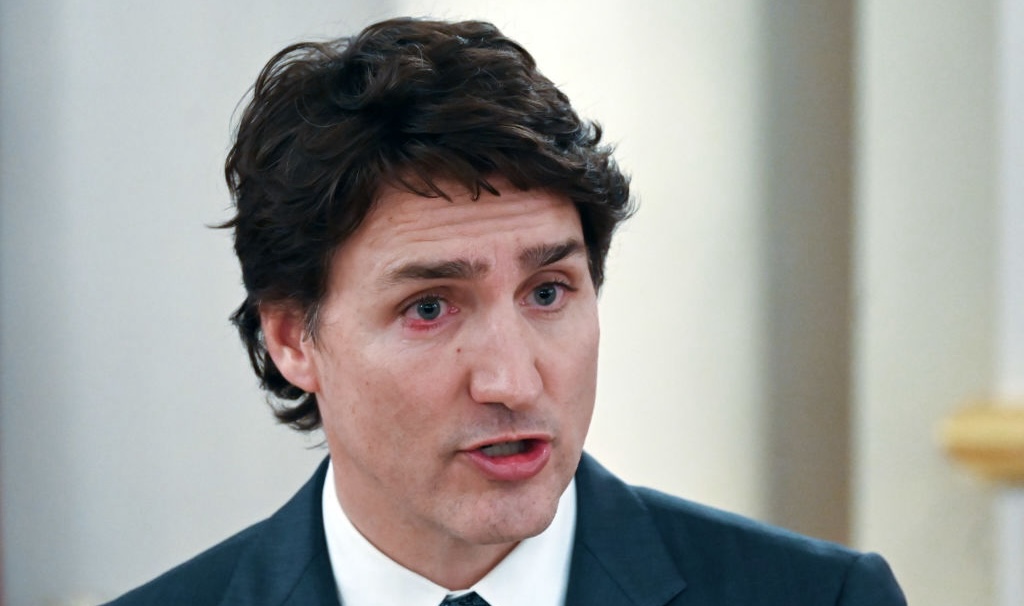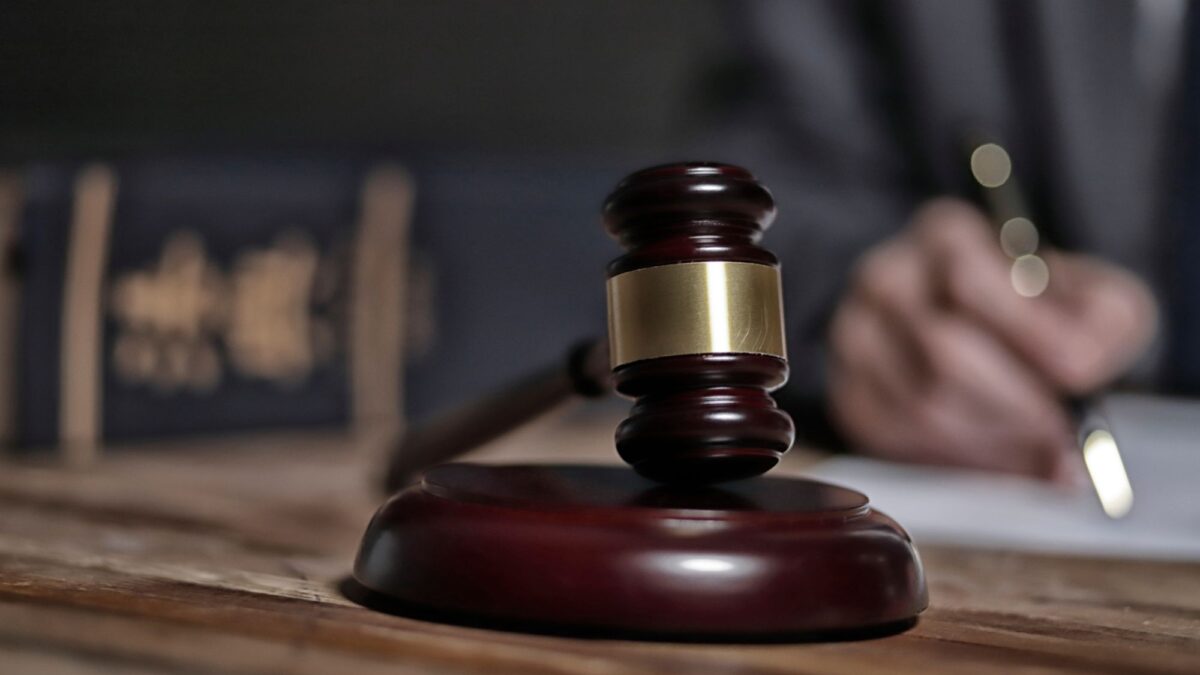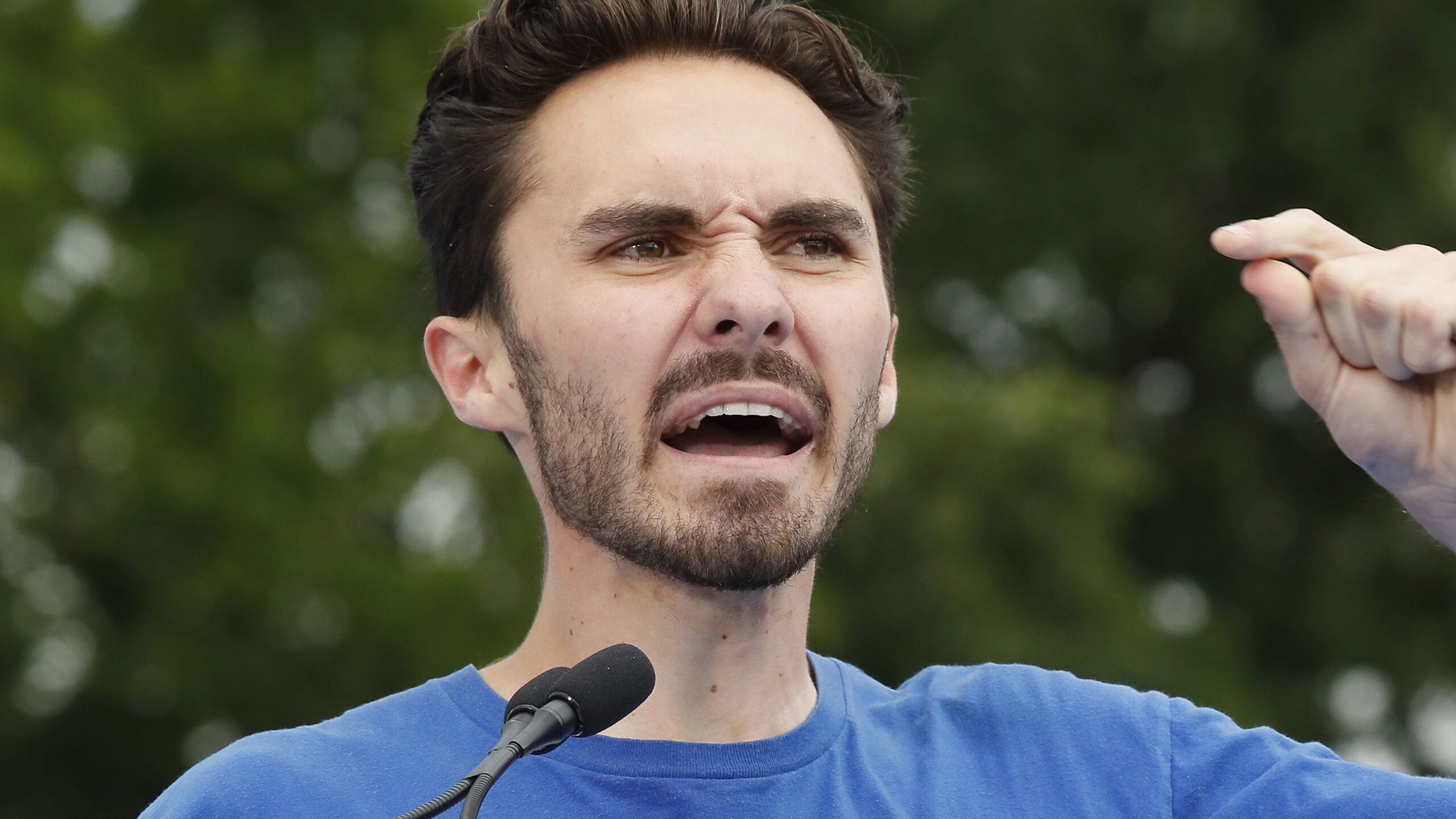Who let California drive? 17 states challenge EV mandate in Supreme Court showdown


When it comes to car emissions standards, there's one big question: Who put California in charge?
We may finally get an answer — courtesy of the United States Supreme Court.
The drastic impacts of California’s EV mandates on consumers, national security and electricity reliability are major questions in need of immediate resolution.
SCOTUS has agreed to hear a case that challenges whether the U.S. Environmental Protection Agency can let California impose emission standards that are stricter than those enforced by the federal government.
The case is being brought by Ohio and 16 other Republican-led states, which claim the EPA allows California to operate as a “quasi-federal regulator” regarding global climate change.
CARB cutting
How did we get here, anyway?
In a nutshell, it's all because California began regulating car emissions before the federal government — or any other state, for that matter.
In an effort to combat the state's growing smog problem, in 1966, then-Gov. Ronald Reagan approved the establishment of the nation's first tailpipe emissions standards. A year later, the California Air Resources Board, was established to set and oversee air quality regulations.
When the federal government enacted its own, more lenient emissions standards with the passage of the 1970 Clean Air Act, it allowed California to maintain its stricter regulations.
Auto manufacturers balked, claiming it was prohibitively expensive to deal with unique emissions standards for each state.
Waive bye-bye?
The government offered a compromise, enabling states either to adhere to the federal standards or adopt their own emissions standards that were identical to those enforced in California. This was accomplished through a waiver system established by the EPA, which later became known as the "California Waiver."
Since then, California has been granted some 100 waivers. Under the Obama administration, the EPA essentially adapted California greenhouse gas emissions standards as federal policy — along with the state's push for all new vehicles to be zero-emissions by 2035.
In 2020, the Trump administration rolled back these regulations, only to have President Biden reinstate them.
In addition to Ohio, the other states participating in the lawsuit include Alabama, Arkansas, Georgia, Indiana, Kansas, Kentucky, Louisiana, Mississippi, Missouri, Montana, Nebraska, Oklahoma, South Carolina, Texas, Utah, and West Virginia.
Fuel for the fire
Fuel producers are also challenging the waiver. In June, trade association American Fuel and Petrochemicals Manufacturers joined a coalition of 15 energy, agriculture, and biofuel groups to file a petition for a writ of certiorari with SCOTUS. The coalition argues that the Clean Air Act's "California Exemption" does not empower one state to restrict consumer access to internal-combustion vehicles.
In a statement, AFPM CEO and President Chet Thompson said:
We are very pleased that the United States Supreme Court has agreed to grant cert on this very important case. The drastic impacts of California’s EV mandates on consumers, national security, and electricity reliability are major questions in need of immediate resolution as California and the ... EPA continue to stretch and abuse the limits of Congress’ Clean Air Act waiver provision. Congress did not give California special authority to regulate greenhouse gases, mandate electric vehicles or ban new gas car sales — all of which the state is attempting to do through its intentional misreading of statute. We look forward to our day in court.
California has been steering the nation's emissions policy for far too long. Let's hope SCOTUS can finally kick them out of the driver's seat.
Originally Published at Daily Wire, Daily Signal, or The Blaze
What's Your Reaction?
 Like
0
Like
0
 Dislike
0
Dislike
0
 Love
0
Love
0
 Funny
0
Funny
0
 Angry
0
Angry
0
 Sad
0
Sad
0
 Wow
0
Wow
0






































































